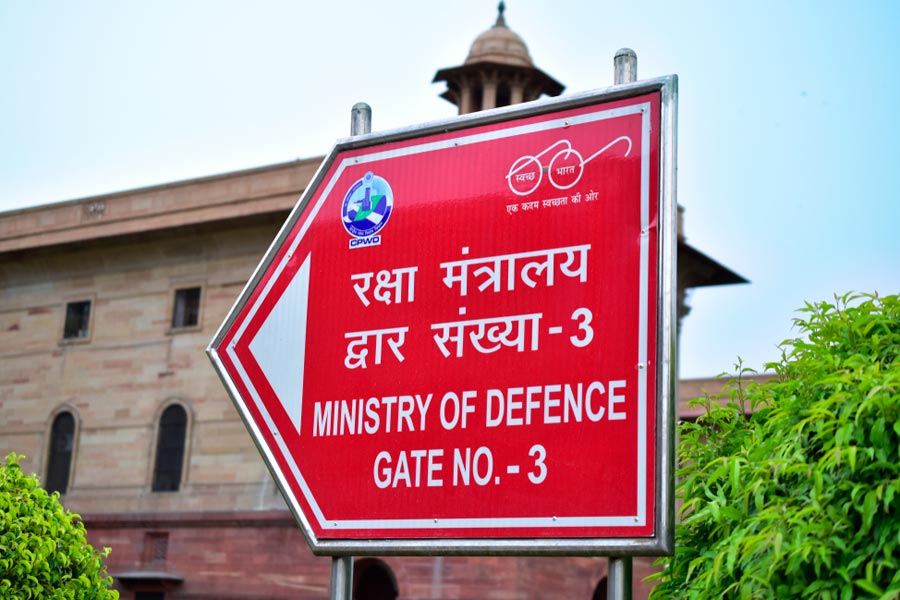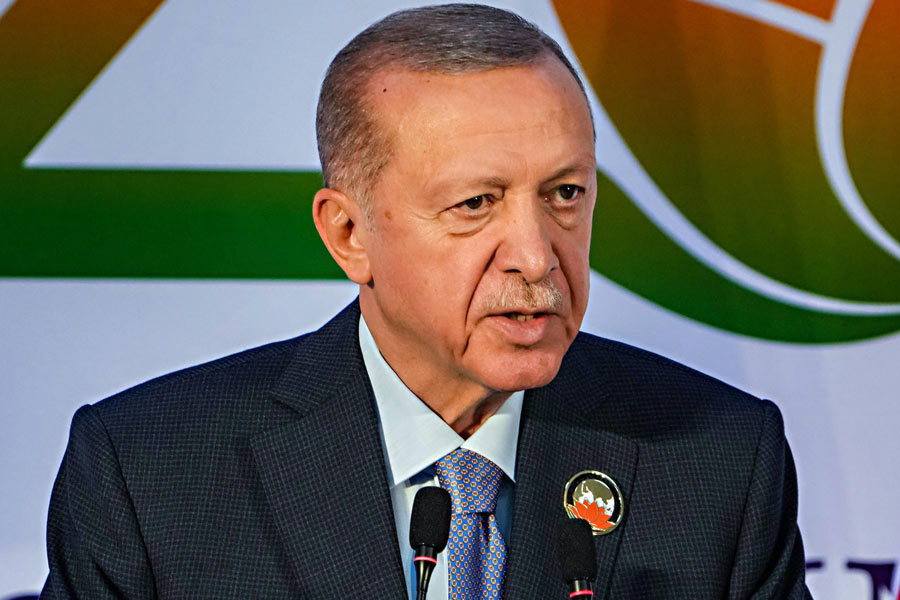For me, 1975 was a watershed year in contemporary Indian political history. Indira Gandhi declared an internal Emergency on grounds of social disorder, and, in the process, damaged our institutional foundations that needed reinvention, not dilution and destruction. She was ejected from power in 1977, having believed that the majority in India were with her in that frightful decision and that it was only the 'intellectual elite' who were fussing about civil liberties and democratic practices. The incoming conglomerate that became the ruling dispensation at the Centre did nothing to rewrite the operating manual. Illegalities continued and became 'legal' in process and practice, insular politics that had taken root became permanent, rulers became deaf to all debates, and the top brass locked itself up in an ivory tower, ruling from above with the 'know-all' scorn towards the creative and thinking Indians who were raring to go.
That over-inflated bubble burst in 2014. The endless coalitions based on caste and creed, economic disparities and pressure tactics that sponsored the 'numbers' game, led India towards complete chaos, with a corrupt bureaucracy dancing the tango with a rapacious political class. Into this club entered another partner - the corporate player - companies and businesses that had learnt well to play the tune to which the tango was danced. That group of three soon became the 'nexus' that ruled and exploited India. Other disciplines and professionals were left to fend for themselves in this large arena that was fast getting filled up with mire. Life bloomed for the nexus and for the rest, a status quo was enforced.
Radical therapy
The early 1990s brought about a rationalization of the 'frame' as we moved from being a dictatorial, command economy in a democratic structure, a contradiction in terms, into a liberated marketplace where human endeavour would be allowed to generate wealth in the broadest definition of the word. However, instead of crafting a model that would fit into the strengths and diverse economic realities of India, the rulers adopted the easy option by superimposing an alien 'model' on all emerging markets. This, in fact, aided the rise of 'crony capitalists', a breed that could be manipulated and would manipulate in return.
Today, we are in another watershed period. If one looks beyond the 'now' and the obvious, there is a generational churning that is leading to change in the larger political narrative. It seems that the narrative of the administration, too, will have to be cleansed. For the moment, members of the 'service' may well close ranks to protect themselves, but the movement towards an overhaul has clearly begun.
If the next year is spent restructuring the regulatory apparatus and rule-book as well as the mechanisms of governance, India could leapfrog into an era of creative prosperity within an evolving intellectual framework. This cannot happen by isolating the Opposition, the intelligentsia, the diverse stakeholders, who range from the traditional skilled men and women to the modern techies, and more. Big businesses and the corporate domain will have to be productive within the confines of a new and uncluttered regulatory regime that is similar to that of other nations in an effort to make India competitive in the larger market.
We need radical therapy. This nation will not look back because it has, in its DNA, a profound understanding of the market. The tragedy has been the suppression by both the colonial dispensation and the post-Independence command economy that dwarfed Indian initiative and the spirit of risktaking.











